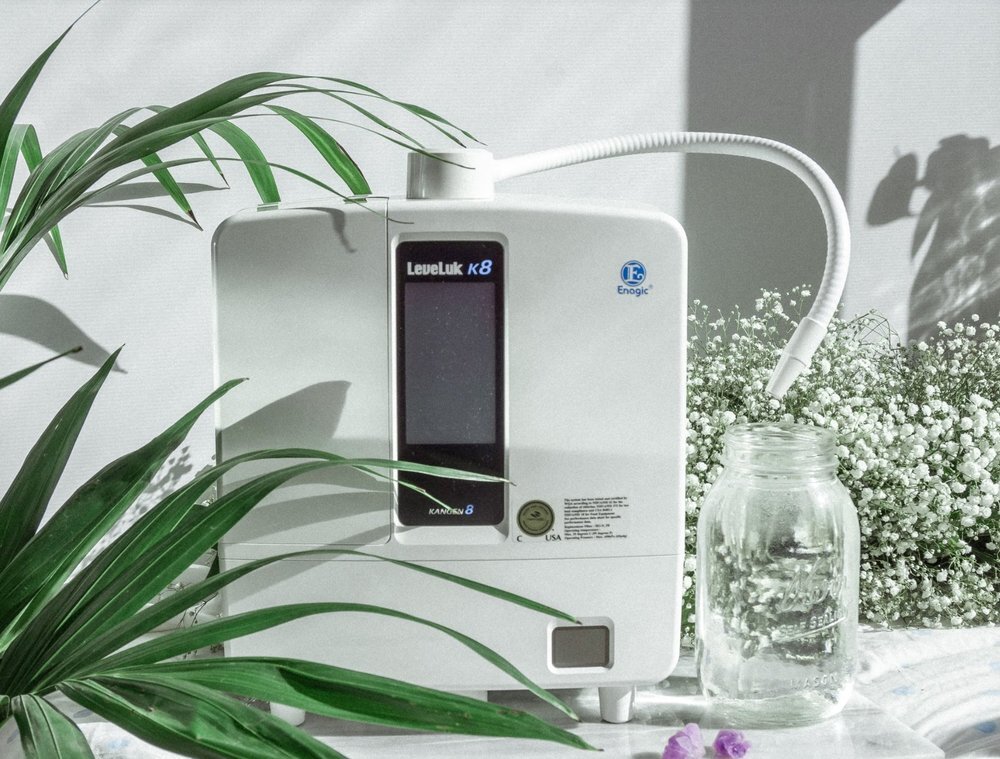What makes Kangen's Electrolysis System better than other brands?
Why do we say Kangen Machines are superior when it comes to the electrolysis system compared to ionizing machines made by other companies?
Electrolysis of water requires high quality electrolysis plates, and the size, thickness, and number of the plates becomes crucial in maintaining durability. The "double cross line" method* used by other companies has the appliance's overall durability in mind. In these appliances, two small electrolysis cells are used in turn to provide resting time, but this limits the volume of water than can be produced at one time. Kangen Machines on the other hand, have either five, seven or eight electrolysis plates depending on which model you buy. Kangen Machines have the highest number of plates in the industry, and while maintaining durability via their large surface area and thickness, they allow the appliance to produce large volumes of water (maximum Kangen Water®: 0.8-2.0 gallons/minute).
Every function, such as supplying voltage according to switching of the pH setting and producing highly acidic water in the same electrolysis cell, is carefully monitored by the microcomputer. It ensures that the appliance can be used safely for a long period of time. We recommend that you produce "beauty water" once a day for at least three minutes to improve the appliance's durability.
The K8 is the most superior Kangen Water Machine with 8 plates. It is similar to Enagic's Flagship SD501, but it contains an extra platinum-coated titanium plate. The additional plate means improved water ionisation, and stable production of pH level and ORP at a higher flow rate. The K8 is great for small businesses and families.
If you would like to purchase a Kangen Water Machine for your home or business, use the form below to contact us and we will send you the necessary order forms for your location.
*Double cross line method - Also referred to as the auto cross changer method. An electrolysis system where the appliance is equipped with two small electrolysis cells in order to enhance durability by alternating the cells with each water flow.
